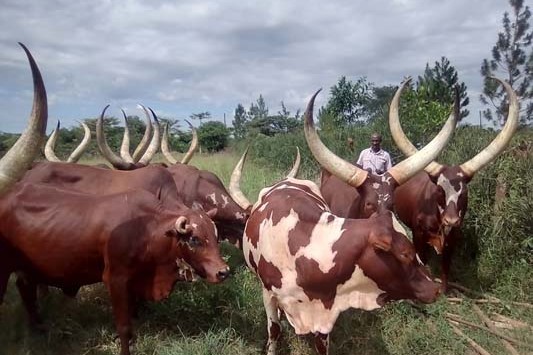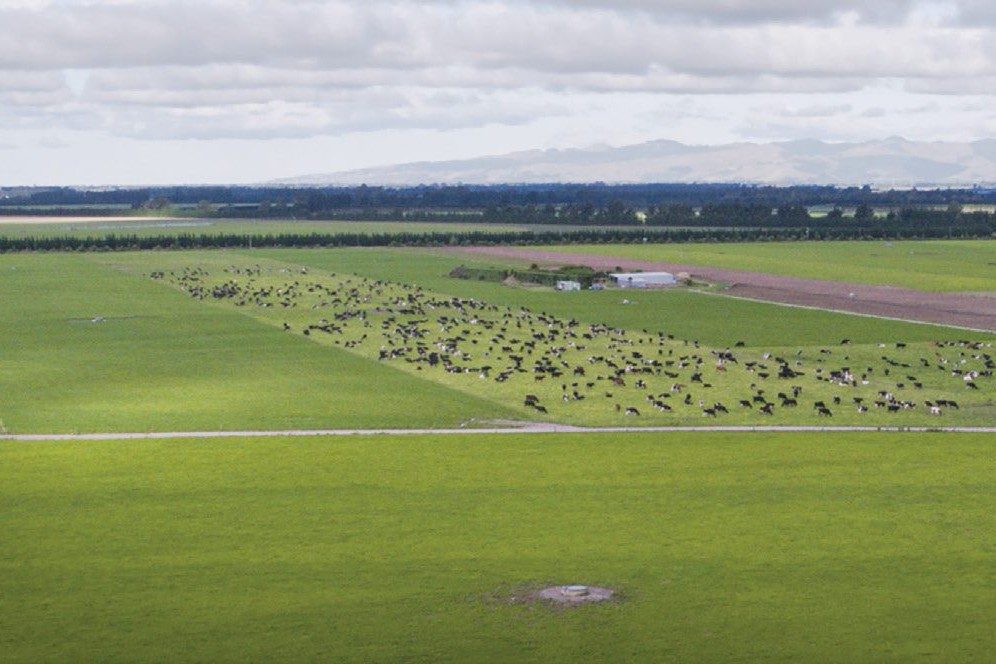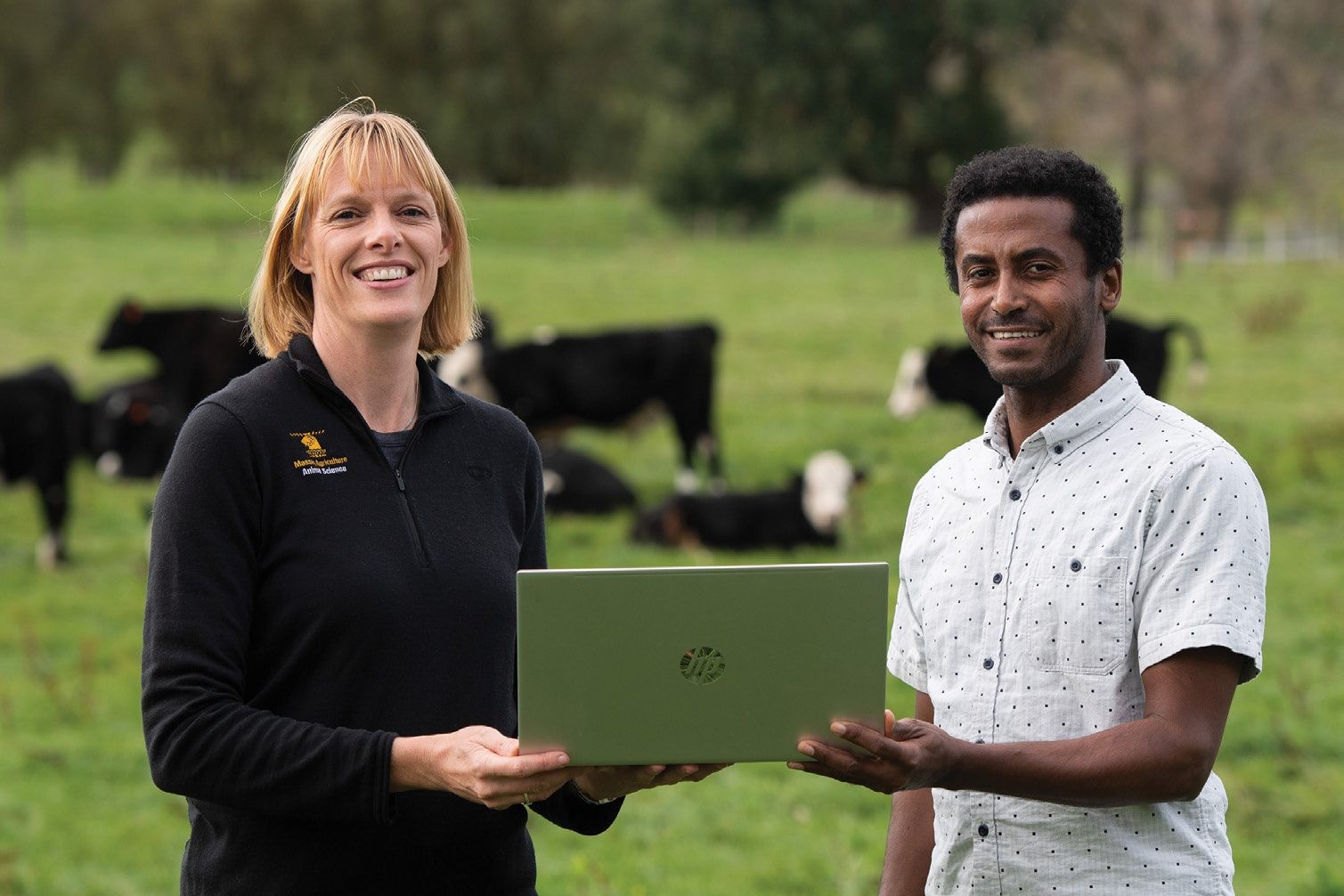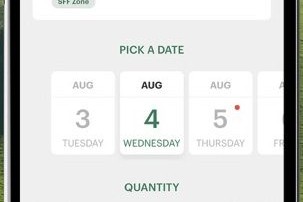Costs were already rising for UK farmers before Russia invaded Ukraine. Now they are rocketing. By Tim Price.
The world is at war! Don’t think just because Ukraine is far away from New Zealand that the horrendous atrocity there will not affect you. It can and will.
War in Europe is massively disrupting world food and energy markets and threatening the viability of high-input farming systems – not least the United Kingdom dairy industry.
Based on a high-input fertiliser and concentrate feed model, requiring high yields to pay loans, rents, wages and mounting environmental costs, Britain’s dairy farms were already struggling to break even before Russia invaded Ukraine.
Fast-rising fertiliser prices (doubled), feed (up a third) and energy prices, (up 30%) coupled with high environmental protection costs and a liquid milk market controlled by supermarkets are keeping losses inevitable despite increased dairy prices. Labour is also in short supply with East Europeans no longer available to fill UK farming jobs, which are unpopular with the local population.
Add to the mix the aftershocks from the UK leaving the European Union – Brexit – including phasing out production-related subsidies, labour shortages, and the collapse of dairy exports to the EU and the scale of woes is all too apparent.
Future UK farm support will be in the form of payments for environmental enhancement. Delivered through the Environment Land Management Scheme, the new system will reward farmers for protecting wildlife. It does not support food production.
However, it’s the attitude of a government fixated on net-zero emissions and seemingly impervious to food production and security which worries dairy farmers most. After failing to persuade the government to take action to avoid production cuts by stabilising input costs, National Farmers Union president Minette Batters said: “This is the most serious situation for food production since the Second World War and while we have legislation about tree planting – there’s not even a commitment on ensuring domestic food production.”
Milk prices are pushing beyond 40p/litre but that’s not enough to cover higher costs. Dairy companies are also preparing shoppers for retail increases between 30 and 50% over the next 18 months. Traditionally, farmers receive only a fraction of any increase in supermarket prices.
“Something has to give and if the milk price doesn’t give, then the producers will,” Oxfordshire dairy farmer David Christensen said in a stark assessment of the peril the dairy industry is facing as soaring costs push farm finances into the red.
“Diesel prices have also gone through the roof. Last year I was paying 62p (NZ$1.2) or 63p ($1.25) for the diesel I use in the tractors; the last load I bought was £1.29 ($2.5),” Christensen said. “It’s come back a bit but notwithstanding that, it is a huge increase.”
David, whose family business runs a 1000-strong herd is a member of Arla, Britain’s largest dairy co-operative, which is itself alarmed that milk production has already dropped more than 4% this year.
Surprisingly perhaps, farm land continues to sell for record prices. With a limited supply of good farming land in Britain and little coming to market, there’s a continuing demand from farmers desperate to take on extra land. As a result, prices sit way beyond a level consistent with profitable returns. Grazing land averages NZ$32,549 to NZ$42,771 a hectare, up 10% in 2021, with far higher prices paid for desirable blocks to bulk up existing holdings.
Whether retail price rises will be enough to put herds back in the black remains to be seen. High gas prices look set for the long-term, making generous fertiliser use unviable. In this environment, the money’s on low-geared grass-fed systems with the New Zealand model well-placed for growth. In the short-term, Britain’s dairy farmers are working all-out to maximise grazing and silage crops using fertiliser bought before prices rocketed beyond $1250 a tonne.





